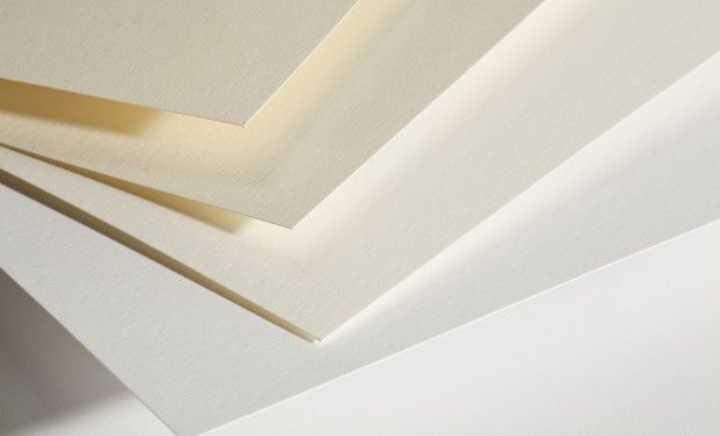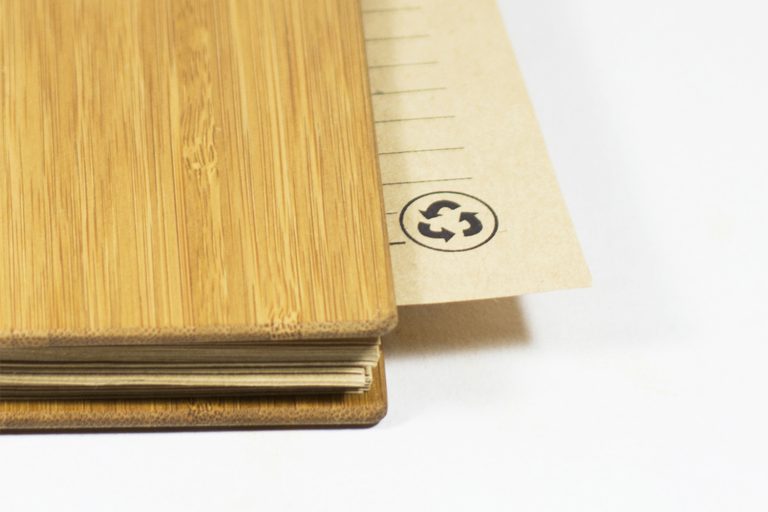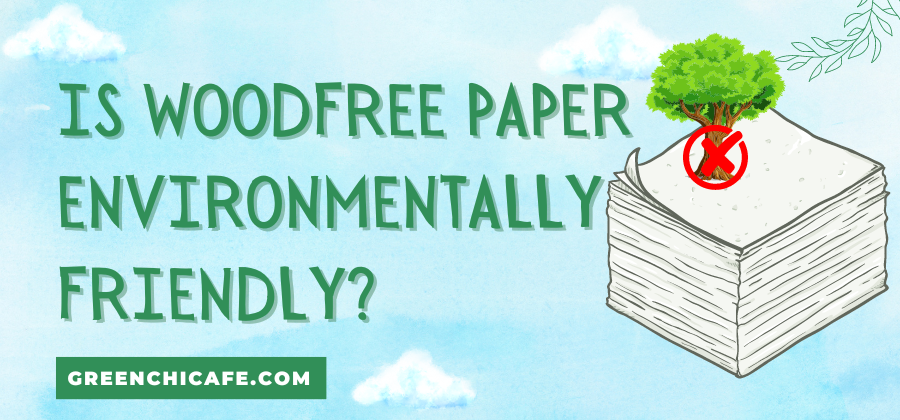With increased awareness around sustainability, many are looking for greener options when it comes to paper products.
Woodfree paper has emerged as an environmentally friendly alternative to traditional wood pulp paper, but how eco-friendly is it really?
Is Woodfree Paper Environmentally Friendly?

Woodfree paper can be an eco-friendly option depending on the source of the pulp fibers.
Paper made from fast-growing, renewable plants is more sustainable than tree-based paper.
Woodfree paper made from recycled materials is also an environmentally sound choice.
However, some woodfree papers still contribute to deforestation if the pulp is sourced from old forests.
Key Points
- Woodfree paper is made from softwood and hardwood tree pulp that has the lignin removed
- Woodfree paper is recyclable and biodegradable
- The most eco-friendly papers are made from fast-growing plants or recycled materials
Our Opinion
Woodfree paper can be an environmentally responsible choice if it comes from sustainable sources or recycled content.
Tree-free paper from renewable crops like hemp and kenaf is the most eco-friendly option.
We recommend choosing paper products made from agricultural residues or post-consumer waste to reduce deforestation impacts.
The sustainability of woodfree paper depends on the pulp source.
What Is Woodfree Paper?

Woodfree paper is made from plant-based fibers like cotton, bamboo, hemp, and recycled materials rather than tree pulp. It often comes from fast-growing sustainable sources and agricultural waste. Woodfree paper products are biodegradable and can be recycled multiple times.
The term “woodfree” can be misleading though. Not all woodfree paper is completely tree-free. Some contain a blend of alternative fibers and post-consumer recycled paper, which may have originally come from trees. Terms like “totally chlorine-free” (TCF) and Forest Stewardship Council (FSC) certification help identify woodfree paper that is environmentally sustainable from start to finish.
True tree-free paper uses alternative fibers like:
- Bamboo – A fast-growing grass that regenerates without replanting
- Hemp – Made from the fibers of the cannabis plant stalk
- Cotton – From recycled cotton clothes and industrial cotton waste
- Sugarcane bagasse – The fiber left over after sugarcane stalks are crushed
So while not all woodfree paper is totally tree-free, it generally provides a more sustainable option than traditional wood pulp paper. When produced responsibly from fast-growing sources and agricultural byproducts, woodfree paper products can provide an environmentally friendly alternative with a smaller ecological footprint.
Is Woodfree Paper Sustainable?
The sustainability of woodfree paper depends on a few key factors. First, the source material needs to be renewable and fast-growing like bamboo or hemp. Tree-based sources are not considered sustainable even if the trees are replanted, as they take many years to regrow. Second, production methods should minimize environmental impact through responsible practices like using non-toxic bleaching agents and recycling wastewater. And third, the woodfree paper must be recyclable. Not all tree-free fibers can be recycled efficiently.
When produced correctly, woodfree paper can provide a closed-loop sustainable product. Agricultural residues and alternative fibers regenerate rapidly without depleting finite resources. Recycling such paper back into new products reduces both waste and the need for virgin materials. However, unsustainable practices like using old-growth forests or chlorine bleaching make woodfree paper no greener than conventional paper.
Consumers should look for third-party sustainability certifications when choosing woodfree paper. Eco-labels like FSC, SFI, and ECF ensure responsible raw materials and manufacturing. And “totally chlorine-free” (TCF) guarantees no harmful chlorine bleaching. While not perfect, credibly certified woodfree paper products provide a more sustainable option than typical tree-based paper.
The bottom line is woodfree paper has the potential to be much greener, but it depends on the details. Responsible sourcing, production methods, and recyclability are key to making woodfree paper an environmentally sustainable choice over conventional paper.
Does Woodfree Paper Save Trees?

Using woodfree paper instead of conventional wood-based paper can reduce deforestation and tree harvesting, but the impact depends on the material source. Paper made from agricultural residues like straw or bamboo waste does not contribute to tree loss as it repurposes farming byproducts. However, some woodfree papers utilize alternative tree fibers like eucalyptus, which are rapidly grown on plantations specifically for paper production. This practice reduces pressure on natural forests but still requires large numbers of trees.
Ultimately, the tree-saving potential of woodfree paper relies on increasing the proportion derived from non-wood fibers. Agricultural residues offer an abundant and renewable fiber source that sequesters carbon and enhances soil health when left on fields. Diverting these residues to paper production gives them added value without needing to cut down forests. Alternative tree plantations, when managed responsibly, can supplement wood supplies without encroaching on natural habitats.
Consumer demand for sustainably sourced woodfree paper encourages the use of more eco-friendly fiber sources over time. So while not all woodfree papers prevent deforestation presently, growth in this segment applies market pressure to reduce tree harvesting long-term. The more we opt for agricultural residues over wood pulp, the greater the potential to save forests.
How Is Woodfree Paper Manufactured?
Woodfree paper production starts with preparing the raw fiber source. For non-wood materials like straw or bagasse, this involves breaking down the fibrous plant residues into pulp through mechanical and chemical processes. Alternative wood fibers like eucalyptus may undergo kraft pulping using chemicals to extract cellulose.
The pulp then goes through bleaching to remove lignin and achieve a bright white color. Additional chemicals are used to control pH and bind the fibers during papermaking. The pulp gets highly refined before being fed onto the paper machine’s wire mesh conveyor belt.
On the belt, water drains from the pulp leaving a mat of interwoven fibers. Press rolls remove more moisture before the mat passes through heated metal cylinders to completely dry the paper. The finished paper is wound into rolls, processed further if needed, then converted into products or printed materials.
While similar in principle to conventional papermaking, key differences for woodfree paper include the raw material preparation and bleaching stages. Agricultural residues like straw require more refining to separate the fibers since they have a different composition than wood.
Is Woodfree Paper Better for the Environment?
Using alternative plant fibers instead of trees for paper can be more sustainable depending on the source. Agricultural residues like cereal straw are abundant waste materials that would otherwise be burned or left to decompose.
Woodfree papers made from bamboo or bagasse provide income to farmers and make use of the entire plant. However, crops specifically grown just for paper pulp may involve unsustainable farming practices or displace food production.
While woodfree paper avoids logging forests, the production process still uses significant energy, water, and chemicals. And papers made from eucalyptus or other fast-growing trees rely on plantation monocultures.
Ultimately, sustainability comes down to responsible sourcing and manufacturing. Look for papers with eco-labels like FSC or PEFC which indicate sound forest management. Seek out brands that disclose their environmental impacts and utilize clean production processes. Alternatively, there are other bamboo products like bamboo toilet paper that act as eco-friendly alternatives to traditional paper TPs.
Choosing woodfree over wood-based does not guarantee better eco-credentials. However, the right alternative fiber sources paired with efficient paper mills can reduce deforestation and provide green options for paper products.
Here is the FAQ and conclusion in HTML format:
FAQ
What Is the Most Environmentally Friendly Paper?
The most eco-friendly paper is made from materials like hemp, bamboo, kenaf, and other fast-growing plants that can be replenished quickly. These plant-based fibers are biodegradable and do not require chemicals for processing.
What Is Woodfree Paper Made Of?
Woodfree paper is made from pulp derived from softwood trees like spruce and pine as well as hardwood trees like eucalyptus and acacia. The fibers are chemically processed to remove lignin, which gives woodfree paper its bright white appearance.
Is Woodfree Paper Recyclable?
Yes, woodfree paper is recyclable and can be reprocessed into new paper products up to six times. Recycling woodfree paper helps reduce waste and the demand for virgin tree pulp.
What Are the Benefits of Woodfree Paper?
The benefits of woodfree paper include its bright white appearance, smooth surface, and high printability. It is lightweight and opaque. Woodfree paper is also recyclable and biodegradable.
Conclusion
Woodfree paper is an environmentally friendly and sustainable option for paper products. It is made from plant materials and is biodegradable. Woodfree paper can be recycled multiple times and is taken from sustainable well-managed forests in Europe. Despite the ability to store information digitally, there is still a demand for woodfree paper. However, it is important to note that not all woodfree paper is tree-free and environmentally sound. Some woodfree papers are a blend of natural fibers and post-consumer waste or agricultural waste. Non-tree paper from fast-growing plants is a better option for the environment.
